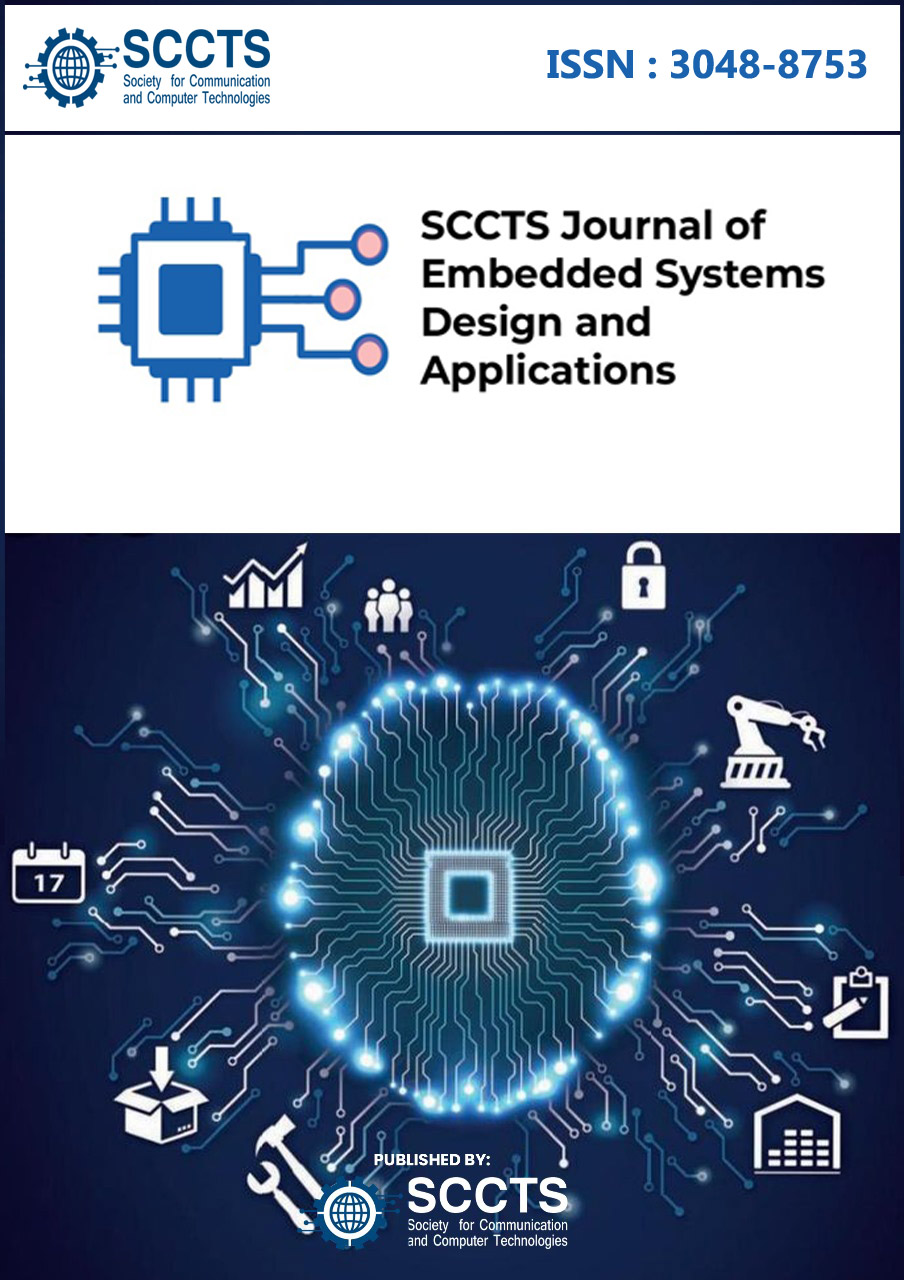Embedded System Architectures Optimization for High Performance Edge Computing
DOI:
https://doi.org/10.31838/ESA/02.02.06Keywords:
Embedded Computing; Cloud-Embedded Systems; Embedded System Simulation; Wireless Communication for Embedded Systems; IoT ProtocolsAbstract
Only a few years ago, embedded computing was a very different landscape.
While the traditional computing architectures are reimagined to satisfy the
continuously increasing demands for more powerful and efficient computing
solutions at the edge, demand for them also increases. With the move to
high performance edge computing, we have revisited how we design and implement embedded systems. The heart of this evolution lies in systems that need to process vast unimaginable quantities of data, in real time, some
times in resource constrained environments. As a result, this has spurred the
creation of highly efficient architectures constrained by performance, power
efficiency, and small size. To the extent that the artificial intelligence (AI)
and machine learning (ML) applications at the edge have further accelerated
this trend, the boundaries have seemingly been pushed as far as they can go
in terms of what’s possible in edge computing. Integrated into smaller, more
efficient packages, more powerful processing units have been one of the driv
ing forces for this evolution. The rise of these sophisticated System on Chip
(SoC) and System on Module (SoM) solutions has seen the fitting of impressive computing capabilities into very small form factors. The emergence of these advancements has provided new opportunities for embedded systems in a wide range of domains: from autonomous vehicles to industrial automation.





